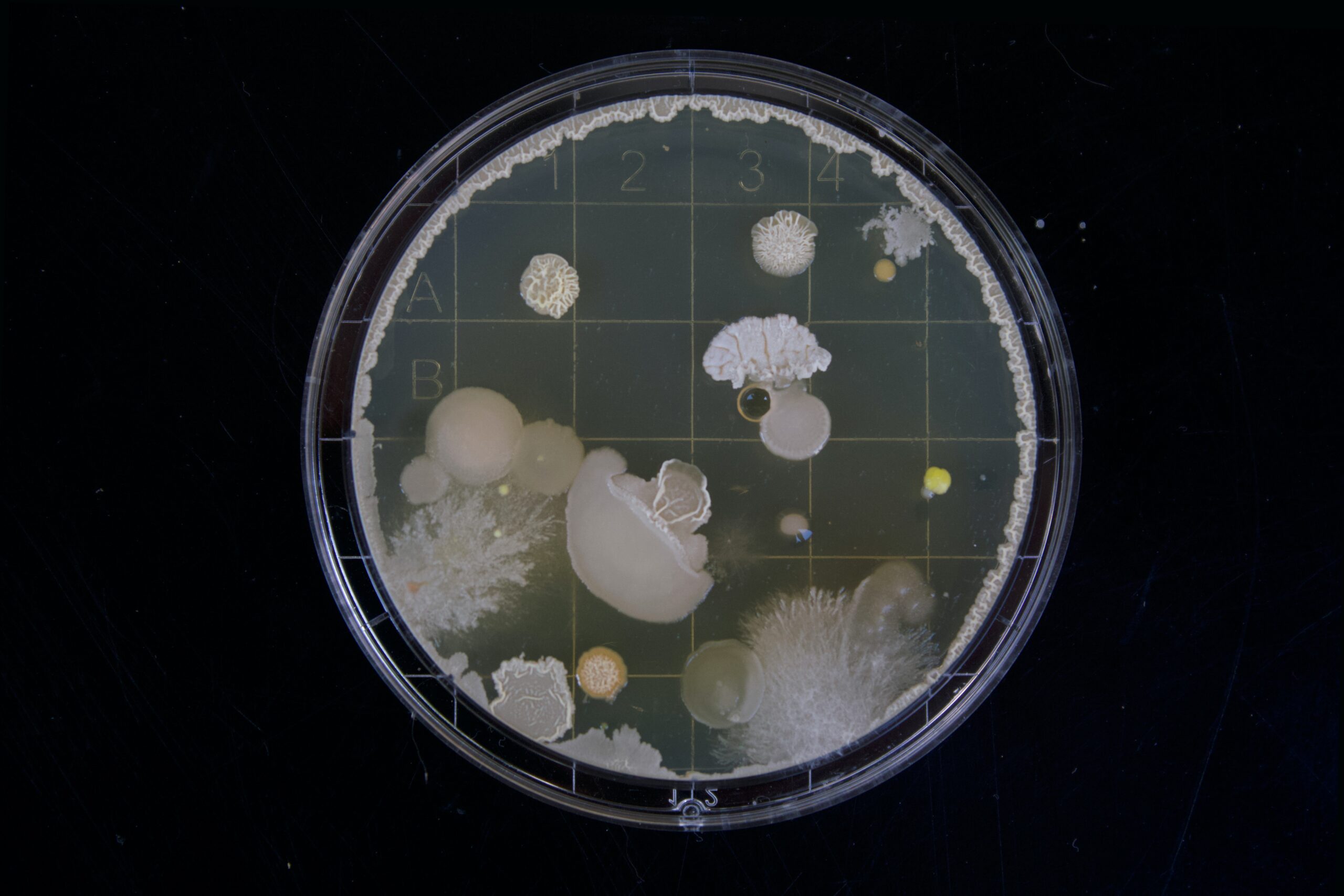Are you concerned about the presence of coliform bacteria in your well water? If so, you’re not alone. Coliform bacteria can indicate the presence of harmful pathogens in your water, which can pose a risk to your health. In this article, we’ll explore some effective methods to prevent coliform bacteria from contaminating your well water. By implementing these measures, you can ensure the safety and quality of the water you rely on every day. From regular testing to proper well maintenance, we’ve got you covered. So let’s dive in and discover how you can protect your well water from coliform bacteria.
Testing Well Water for Coliform Bacteria
Ensuring the safety of your well water is of utmost importance, and one essential step is to regularly test for coliform bacteria. These bacteria are indicators of potential fecal contamination and may cause various waterborne illnesses if consumed. Testing your well water is crucial to identify any potential issues and take appropriate measures to protect your health and the health of your loved ones.
Types of Coliform Bacteria
Coliform bacteria are a common group of bacteria found in the environment, including the intestines of warm-blooded animals. While most coliform bacteria are harmless, the presence of certain strains, such as Escherichia coli (E. coli), indicates fecal contamination and poses a risk to human health. Regular testing allows you to determine which types of coliform bacteria are present in your well water, helping you understand the nature of the contamination and take appropriate actions.
Testing Frequency
It is recommended that you test your well water for coliform bacteria at least once a year. However, it is advisable to test more frequently if:
- You or a family member become ill with symptoms that may be waterborne
- Your well is located near potential sources of contamination
- There have been changes in your surrounding environment that may affect the water quality
Testing annually, or more frequently in certain circumstances, ensures that any potential contamination is promptly detected, allowing for timely intervention and protection of your water supply.
Testing Methods
There are various testing methods available to detect coliform bacteria in well water. You can use do-it-yourself test kits, which are convenient and cost-effective. These kits typically provide you with all the necessary equipment and instructions to collect a water sample and perform the test yourself. Alternatively, you can opt to have your well water samples analyzed by a certified laboratory. This option may be preferred if you require more accurate and detailed results or if you are unsure about performing the tests yourself.
Identifying Potential Sources of Contamination
Understanding the potential sources of contamination is crucial in preventing coliform bacteria from entering your well water. By being aware of these sources, you can take proactive measures to minimize the risk of contamination and ensure the safety of your water supply.
Agricultural Activities
If you live near agricultural areas, such as farms or livestock operations, the risk of coliform bacteria contamination may be higher. Runoff from fields, improper manure disposal, or animal waste can introduce harmful bacteria into the groundwater. Take precautions by ensuring proper waste management practices are followed, utilizing appropriate setbacks, and monitoring the surrounding agricultural activities.
Septic Systems
Improperly maintained septic systems can contaminate groundwater with coliform bacteria. Regularly inspect and maintain your septic system, including regular pumping, to prevent any potential leaks or overflows. Ensure that your septic system is properly located and adequately sized for your household’s needs.
Underground Pipes and Infrastructure
Leaking underground storage tanks, water distribution pipes, or sewer lines can introduce coliform bacteria or other contaminants into the groundwater. Regularly inspect your pipes and infrastructure for leaks or damage, promptly repairing any issues to prevent bacterial infiltration.
Wildlife and Livestock
Wildlife and livestock, such as birds, rodents, or grazing animals, can contribute to coliform bacteria contamination. Their feces may contain harmful bacteria that can seep into the soil and contaminate groundwater sources. Take preventive measures by avoiding direct contact between your well and areas frequented by wildlife or livestock. Secure garbage cans and avoid attracting animals that may carry harmful bacteria.
Human Activities
Human activities, such as the improper disposal of wastewater, pesticides, or chemicals, can potentially contaminate groundwater with coliform bacteria. Be mindful of your own actions and ensure that you implement proper waste disposal practices. Avoid using excessive fertilizers, pesticides, or chemicals near your well, and follow all guidelines for their safe usage and disposal.
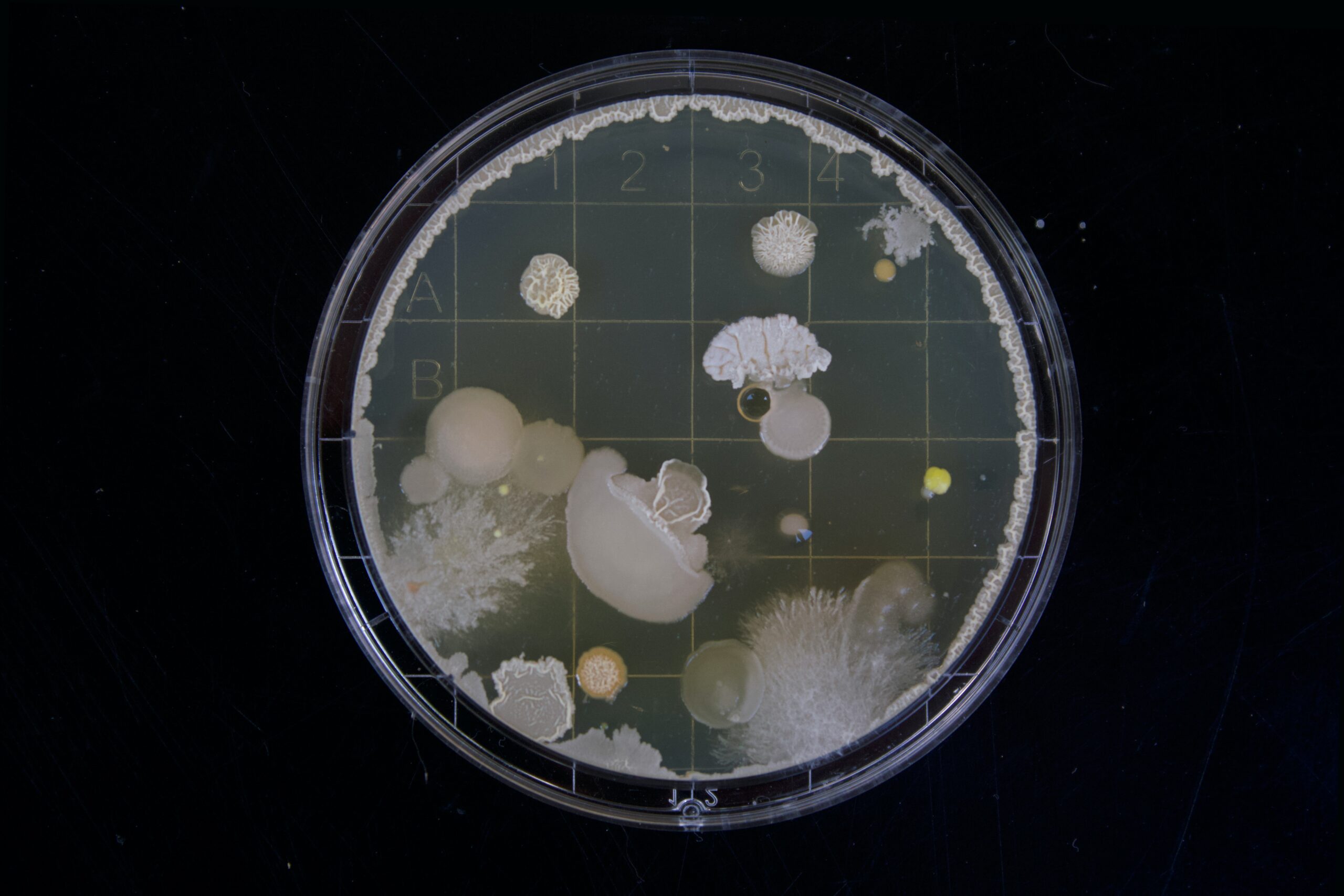
Maintaining the Well Structure
Maintaining the integrity of your well structure is crucial in preventing the entry of coliform bacteria and other contaminants. Regular inspections and proper maintenance ensure that your well remains in optimal condition, safeguarding the quality of your well water.
Sealing and Maintaining the Well Cap
The well cap is designed to protect the well opening from external contaminants. Ensure that the well cap is properly sealed and in good condition. Over time, seals may degrade, allowing bugs, rodents, or other unwanted materials to enter the well. Regularly inspect the well cap and replace any worn seals or damaged components.
Checking and Repairing Cracks
Inspect the well casing for any cracks or damage that could potentially allow coliform bacteria to enter the well water. Cracks can result from natural wear and tear, excessive pressure, or settling of the ground. If you notice any cracks, it is essential to have them repaired promptly by a professional well contractor to maintain the integrity of your well.
Keeping the Well Ventilated
Proper well ventilation helps prevent the accumulation of moisture, reducing the risk of bacterial growth. Ensure that the vent screen is clear of debris and functioning correctly. By maintaining proper ventilation, you minimize the likelihood of coliform bacteria finding a suitable habitat within your well.
Water Treatment Options
If testing reveals the presence of coliform bacteria in your well water, it is important to take appropriate measures to treat the water and eliminate the bacteria. Several water treatment options are available, each with its own advantages and considerations.
UV Disinfection
UV disinfection is a non-chemical treatment method that utilizes ultraviolet light to kill bacteria present in the water. UV radiation disrupts the DNA of bacteria, rendering them unable to reproduce and causing their demise. UV disinfection is an effective and environmentally friendly method, requiring minimal maintenance and leaving no residual taste or odor in the water.
Chlorination
Chlorination is a commonly used disinfection method that involves adding chlorine compounds to the water. Chlorine kills bacteria by oxidizing their cellular components, effectively eliminating coliform bacteria. However, it is important to carefully monitor and regulate the chlorine levels to avoid potential health risks, as excessive chlorine residual in the water may lead to unpleasant tastes and odors.
Ozonation
Ozonation is an alternative disinfection method that utilizes ozone gas to eliminate bacteria and other contaminants. Ozone is a highly reactive molecule that damages the structure of bacteria, ultimately causing their death. One advantage of ozonation is that it can effectively remove tastes and odors from the water; however, it requires specialized equipment and expertise for proper installation and operation.
Boiling Water
Boiling water is a simple and effective method to disinfect it. By bringing the water to a rolling boil for at least one minute, you can eliminate coliform bacteria and other pathogens. Boiling is particularly useful during emergencies or when other treatment options are not readily available. However, boiling may not be practical for large volumes of water or for long-term use.
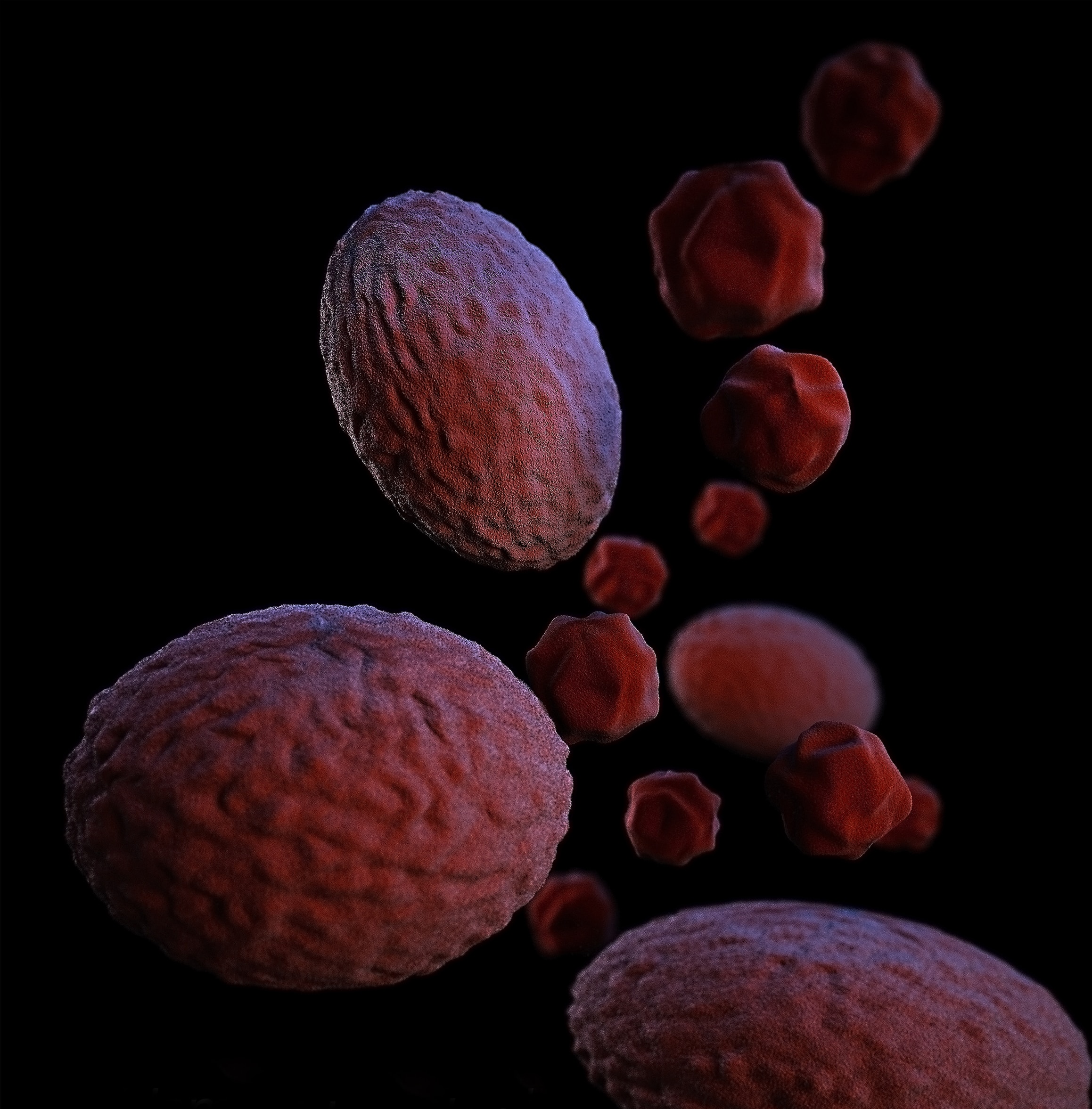
Maintaining Proper Well Construction
Proper well construction is essential to prevent the entry of coliform bacteria and contaminants into your well water. Ensuring adequate well construction practices during installation or renovation is crucial for the long-term safety and integrity of your water supply.
Install a Grout Seal
During well construction, it is important to properly grout the annular space between the well casing and the borehole. The grout seal prevents surface runoff, shallow groundwater, or other contaminants from flowing down the outside of the well casing. An inadequately sealed annular space can compromise the integrity of your well, allowing coliform bacteria to enter and contaminate your water supply.
Ensure Proper Well Depth
The depth of your well influences its vulnerability to contamination. A well that is too shallow may be more susceptible to surface contamination, while a well that is too deep may encounter geological pathways for the infiltration of bacteria. Consult with a professional well driller to determine the appropriate well depth based on your hydrogeological conditions and local regulations.
Avoid Well Casing Failures
Well casing failures can result in the entry of coliform bacteria and other contaminants into your well. Over time, well casings can degrade due to corrosion, pressure, or external factors. Regularly inspect the well casing and promptly repair any issues or vulnerabilities identified. Proper maintenance ensures that your well casing remains in good condition, serving as a reliable barrier against bacterial contamination.
Regular Maintenance and Monitoring
Taking a proactive approach to well maintenance and monitoring helps ensure the continued safety and quality of your well water. By incorporating regular inspections, maintenance tasks, and water quality monitoring into your routine, you can detect potential issues early on and take appropriate actions.
Performing Well Inspections
Regular inspections are critical to identify any visible issues or potential sources of contamination. Inspect the well structure, including the well cap, casing, and surrounding area, for any signs of damage, deterioration, or potential entry points for coliform bacteria. Address any problems promptly or seek professional assistance to resolve complex issues.
Maintaining a Safe Distance from Contaminants
Maintaining a safe distance between potential contaminants and your well is vital in preventing coliform bacteria contamination. Ensure that your well is located uphill and away from potential sources such as septic systems, agricultural activities, or wastewater treatment areas. Follow local regulations and recommended setback distances to minimize the risk of bacterial infiltration.
Monitoring Water Quality
Regular monitoring of your well water quality provides valuable information about any changes or potential contamination. Consider implementing a monitoring program that includes periodic water sampling and laboratory analysis. This allows you to identify trends, detect changes in water quality, and take appropriate actions to safeguard your well water.
Well Disinfection
If coliform bacteria are detected in your well water, disinfection may be necessary to eliminate the bacteria and restore water safety. Well disinfection typically involves specific procedures, often using chlorine or other disinfectants, to ensure effective bacterial eradication. Follow the instructions provided by a water treatment specialist or seek professional assistance to properly disinfect your well.
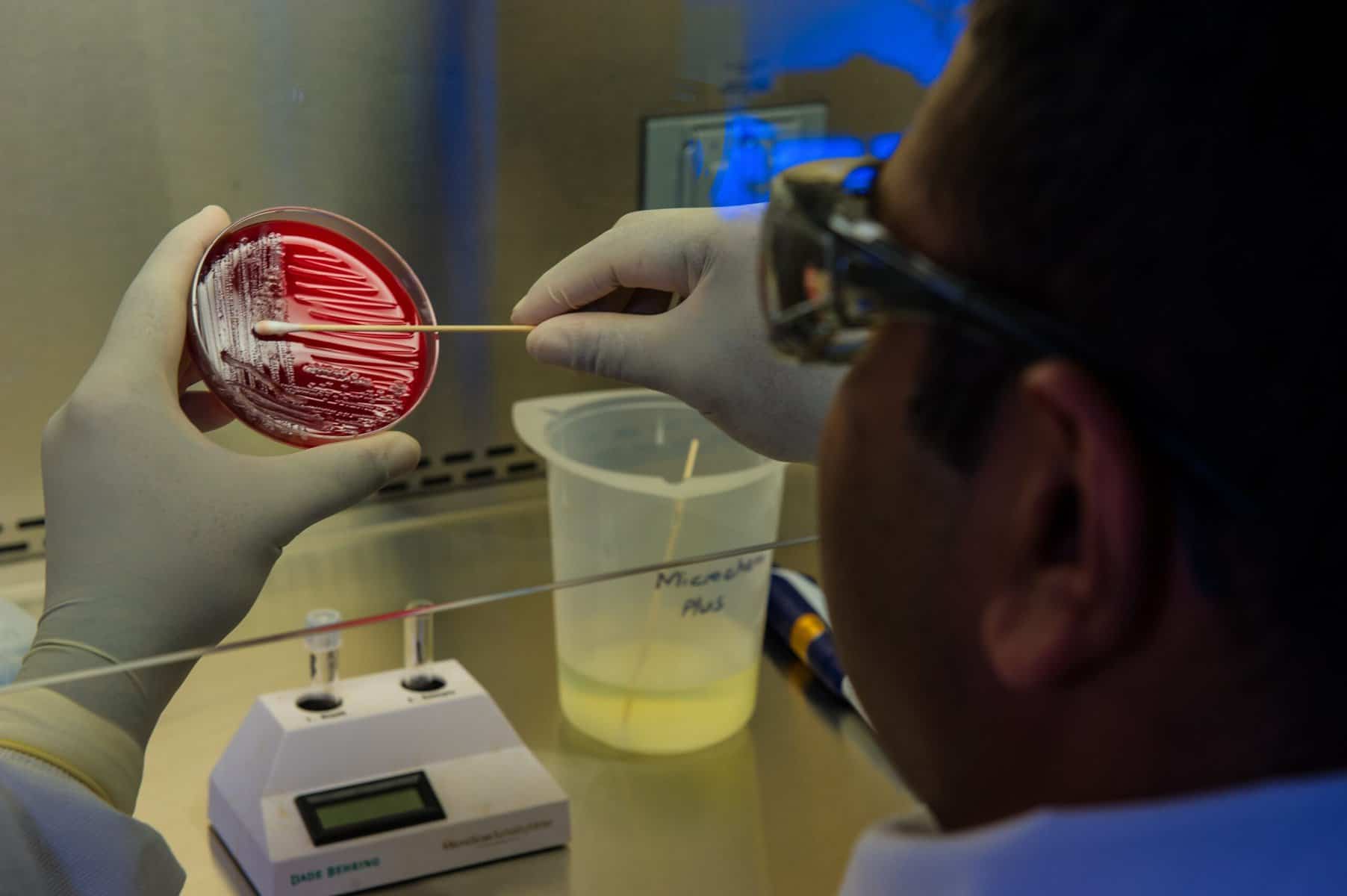
Well Water Management Practices
In addition to regular testing, proper well water management practices are essential in preventing coliform bacteria contamination. By incorporating these practices into your routine, you can maintain the safety and quality of your well water for years to come.
Regularly Test the Water Quality
Regular testing is a proactive measure to identify any changes in water quality and promptly address potential issues. Establish a schedule for testing your well water for coliform bacteria and other contaminants. This provides you with the information needed to take appropriate actions and maintain the safety of your well water.
Proper Waste Disposal
Properly managing waste and preventing its entry into the groundwater is crucial in preventing coliform bacteria contamination. Follow local regulations and guidelines for waste disposal, including hazardous chemicals, oils, household wastewater, or other potentially harmful substances. Implement proper treatment and disposal methods to prevent the introduction of contaminants into your well water.
Annual Inspection by Professionals
While regular self-inspections are beneficial, it is advisable to have your well professionally inspected at least once a year. Well water professionals possess the expertise and specialized equipment necessary to detect potential issues that may be overlooked during self-inspections. Their thorough evaluations and recommendations help ensure the continued safety and quality of your well water.
Educating Yourself and Promoting Awareness
Education and awareness are key components in preventing coliform bacteria contamination in well water. By understanding local regulations, participating in community programs, and promoting water conservation, you contribute to the overall well-being of your community and protect precious water resources.
Learn About Local Regulations
Familiarize yourself with local regulations and guidelines concerning well construction, maintenance, and water quality. Stay updated on any changes or updates to these regulations to ensure compliance and optimal well water management. Local health departments or environmental agencies are valuable resources for information and guidance.
Participate in Community Programs
Engage with your community by participating in programs or initiatives focused on maintaining water quality. Attend workshops, seminars, or community clean-up events to enhance your knowledge, learn from experts, and collaborate with like-minded individuals in safeguarding the quality of your well water and the surrounding environment.
Promote Water Conservation
Water conservation is not only beneficial for the environment but also helps prevent well water contamination. Implement measures to reduce water usage, such as fixing leaks promptly, utilizing water-efficient appliances, and practicing responsible irrigation techniques. By conserving water, you minimize the potential for bacterial infiltration and preserve this vital resource for future generations.
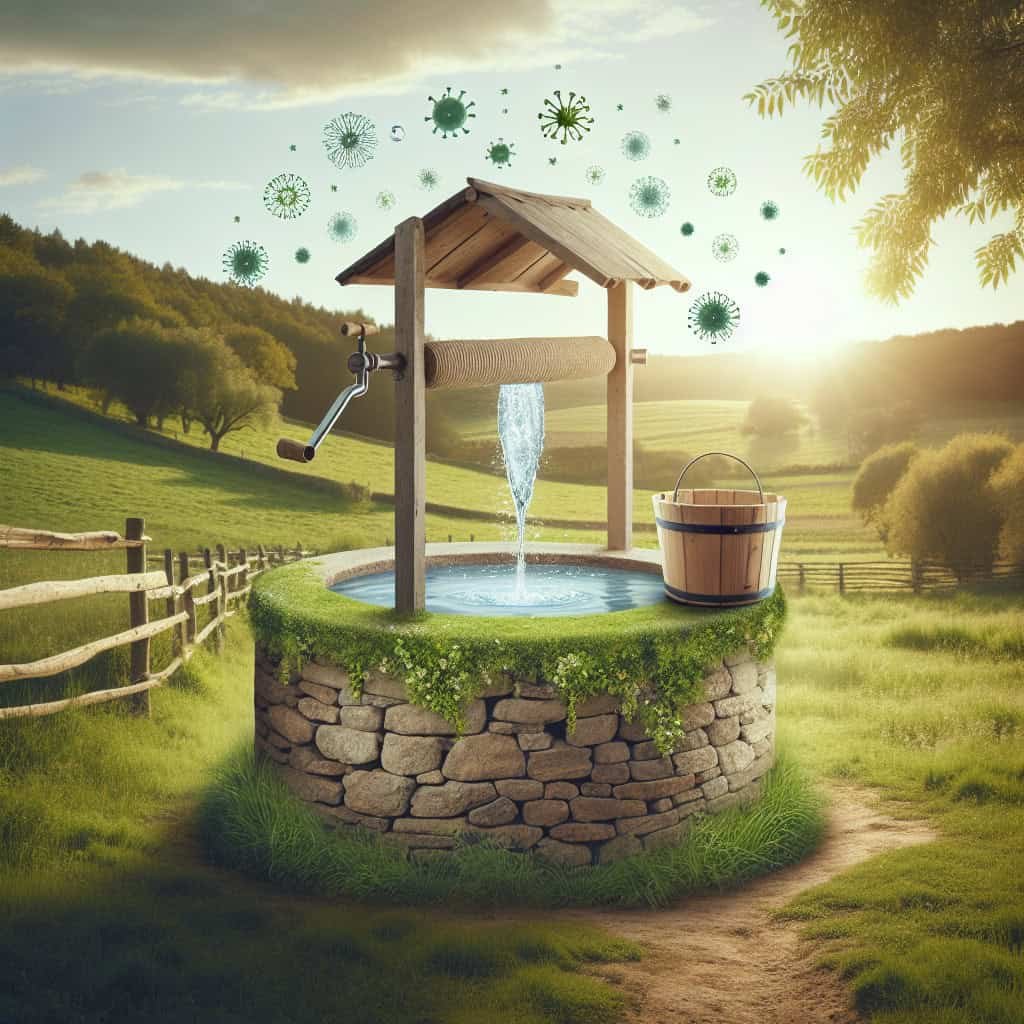
Work with Professionals
When it comes to the safety and maintenance of your well water, seeking assistance from professionals is essential. Water treatment specialists and well drillers possess the expertise, experience, and specialized equipment necessary to address complex issues and ensure the continued safety of your well water.
Consult a Water Treatment Specialist
If you encounter persistent coliform bacteria contamination in your well water despite your best efforts, consider consulting a water treatment specialist. These professionals can assess your water quality, recommend suitable treatment options, and install the necessary equipment. By working with a specialist, you can effectively address the issue and restore the safety of your well water.
Seek Assistance from a Well Driller
Well drillers are valuable resources for well construction, maintenance, and repair. If you are planning to install a new well or facing issues with your existing well, seek assistance from a reputable well driller. These professionals possess the knowledge, expertise, and equipment to ensure proper well construction, accurate well depth determination, and effective resolution of any well-related issues.
Emergency Response
Despite proactive prevention measures, emergencies can still occur. Being prepared and knowing how to respond to emergencies involving coliform bacteria contamination is crucial for safeguarding your health and the health of your family.
Emergency Disinfection Procedures
In the event of a coliform bacteria contamination emergency, knowledge of emergency disinfection procedures is vital. The specific steps may vary depending on the type of emergency and the nature of the contamination. Contact your local health department or a water treatment specialist for guidance on emergency disinfection measures and promptly follow their instructions.
Contacting Health Officials
If you suspect or confirm coliform bacteria contamination in your well water, it is important to alert the appropriate health officials. Reporting such incidents allows them to assess the situation, provide guidance, and take necessary regulatory steps to ensure public health and safety. Prompt communication helps prevent further contamination and protects the wellbeing of your community.
By following these comprehensive guidelines, testing your well water regularly, and implementing appropriate preventive measures, you can ensure the safety and quality of your well water. Prioritizing the well-being of your family and community and collaborating with professionals and local authorities will go a long way in preventing coliform bacteria contamination in your well water. Stay informed, be proactive, and enjoy the peace of mind that comes with clean and healthy well water.


